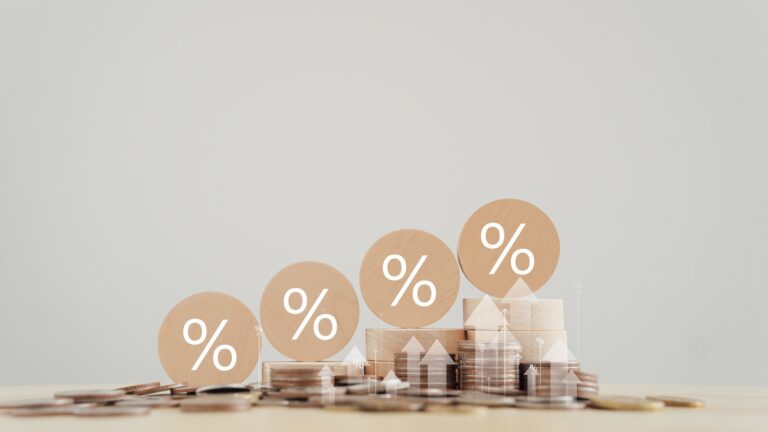
When it comes to obtaining a startup loan, entrepreneurs must navigate through a maze of terms and conditions. Understanding these terms is crucial for making informed decisions and ensuring the financial success of your business. In this blog post, we will break down and explain the various loan terms associated with startup loans.
So, let’s dive in and explore the world of loan terms:

About 20% of small businesses manage their finances by getting loans.
So, it becomes essential for entrepreneurs to understand different loan terms to navigate the legalities easily. Let’s have a look at different types of loan terms to navigate the world of startup loans effectively.
Loan Repayment Period
The loan repayment period refers to the duration within which you are expected to repay the borrowed funds. It is typically measured in months or years. Longer repayment periods provide borrowers with more time to repay the loan, resulting in lower monthly payments.
However, it also means paying more in interest over the life of the loan. On the other hand, shorter repayment periods may require higher monthly payments but result in lower overall interest payments.
Interest Rate
The interest rate represents the cost of borrowing money and is expressed as a percentage. It is the additional amount charged by the lender for providing the loan. Interest rates can be fixed, meaning they remain constant throughout the loan term, or variable, where they fluctuate based on market conditions.
SBA loans come with the lowest interest rate; therefore, these are a suitable option for startups.
It is essential to carefully consider the interest rate, as it significantly impacts the total cost of borrowing and your monthly payments.
Fees
In addition to the interest rate, borrowers may also encounter various fees associated with their loans. These fees can include origination fees, application fees, underwriting fees, and prepayment penalties. The lender charges origination fees for processing the loan application, while application fees are typically non-refundable charges to cover administrative costs.
Underwriting fees cover the cost of evaluating the borrower’s creditworthiness, and prepayment penalties are fees imposed. It is truer if the borrower pays off the loan before the agreed-upon term. It is essential to be aware of these fees and factor them into your overall loan cost.
APR (Annual Percentage Rate)
The APR represents the total cost of borrowing, including both the interest rate and any fees associated with the loan. It is expressed as a yearly percentage.
The APR provides borrowers with a standardized metric to compare different loan offers, ensuring they understand the true cost of the loan. When comparing loans, it is crucial to consider the APR rather than solely focusing on the interest rate, as the APR provides a more accurate representation of the overall cost.
Amortization
Amortization refers to the process of repaying a loan through regular installments over the loan term. It includes both the principal amount borrowed and the interest charged. In the early stages of loan repayment, a larger portion of each payment goes towards interest.
While the remaining amount is applied to the principal. As the loan progresses, the proportion of the payment applied to the principal increases. It results in a gradual reduction of the outstanding balance. Understanding the amortization schedule helps borrowers visualize the repayment process and plan their finances accordingly.
Total repayable amount
The total repayable amount refers to the overall cost of borrowing, including the principal amount borrowed, interest charges, and any additional fees or charges imposed by the lender.
It is crucial to carefully assess the total repayable amount before committing to a loan. This is because it directly affects your financial obligations and the affordability of the loan.
Loan Collateral
Loan collateral is an asset or property that a borrower pledges to secure the loan. It serves as a form of security for the lender, assuring that they can recover their funds if the borrower defaults. Common forms of collateral include real estate, vehicles, equipment, or even savings accounts.
The presence of collateral can increase the chances of loan approval. It may result in more favorable loan terms, such as lower interest rates or longer repayment periods.
Default
Default occurs when a borrower fails to meet the agreed-upon terms of the loan, such as missing payments or breaching other conditions. Defaulting on a loan can have severe consequences. For instance;
Damage to your credit score
Legal action by the lender
Potential loss of collateral.
It is crucial to understand the potential repercussions of default and take proactive measures to avoid it. Some of these measures include budgeting and maintaining open lines of communication with your lender.





Subscribe for our monthly newsletter to stay updated.

Struggling with multiple payments or rising interest costs? These critical signs reveal when your small business should consolidate debt to regain control, simplify finances, and protect long-term stability.

If you’re struggling with low credit, it’s important to be cautious of predatory lenders who prey on vulnerable borrowers. This guide will help you recognize warning signs of harmful loans, understand your rights, and explore safer alternatives to secure the financing you need without falling into a financial trap.

Starting a new business can be exciting, but securing the right funding is crucial for success. This guide explores various business loan options available to startups, helping you understand the application process, eligibility criteria, and tips for obtaining the capital needed to bring your innovative ideas to life.